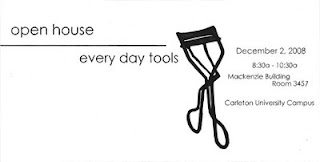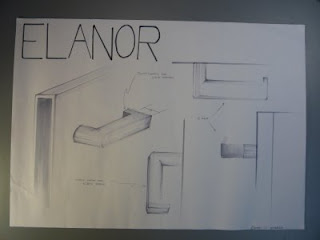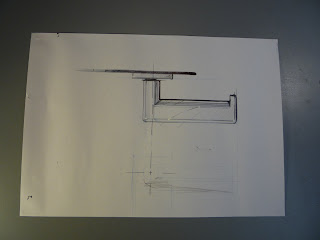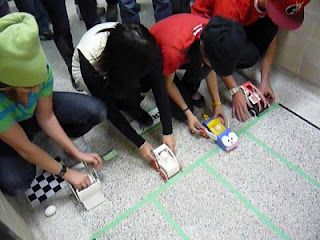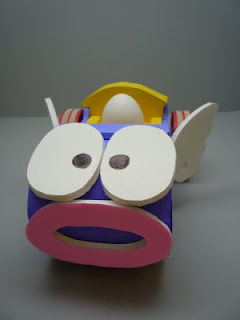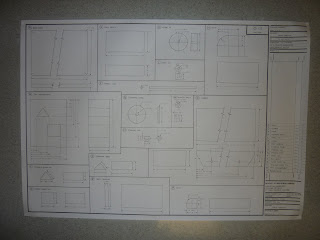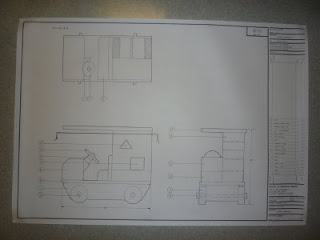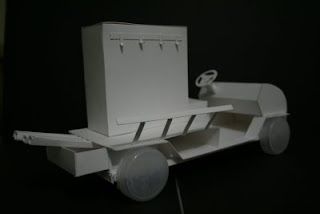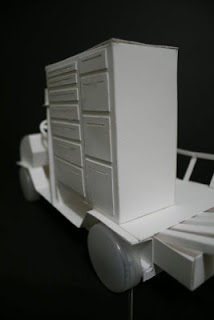Yes, my apologies once again. I haven't updated in ages. The final month of school was very crazy with the less than normal amount of eating and sleeping, and more than average amounts of working and going nuts.
Below is my cardboard night table, Chester, it is a very simple design that consists of only three pieces and does not require glue to assemble. The mini ones were all my maquettes and models.
What I think: I personally don't really love it, but it is simple, and I enjoy how it doesn't require a lot of material. My theory is that if I don't think I'd want to buy it and use it myself it's not good enough (It's probably a bad/flawed theory since we're supposed to be designing for the people and not just ourselves ha). However, I've been receiving a lot of feedback from other people and they tell me they absolutely love it.
What I've learned: 1. don't use half scale. apparently, it is sort of inaccurate that way. 2. work on the full scale model if possible. The reason why I had so many small miniature models was because there was a problem with the strength of the cardboard, which I had spent many days trying to fix with tabs and et cetera. So when the time came to try it full scale, the problem ceased to exist. (at my bitter joy)
The second picture is of everyone else's project.. stacked!
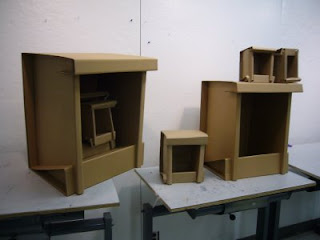

Our graphics assignment was to create an invitation for people to look at hand tools using the hand tool we had in the previous hand tool assignment:

